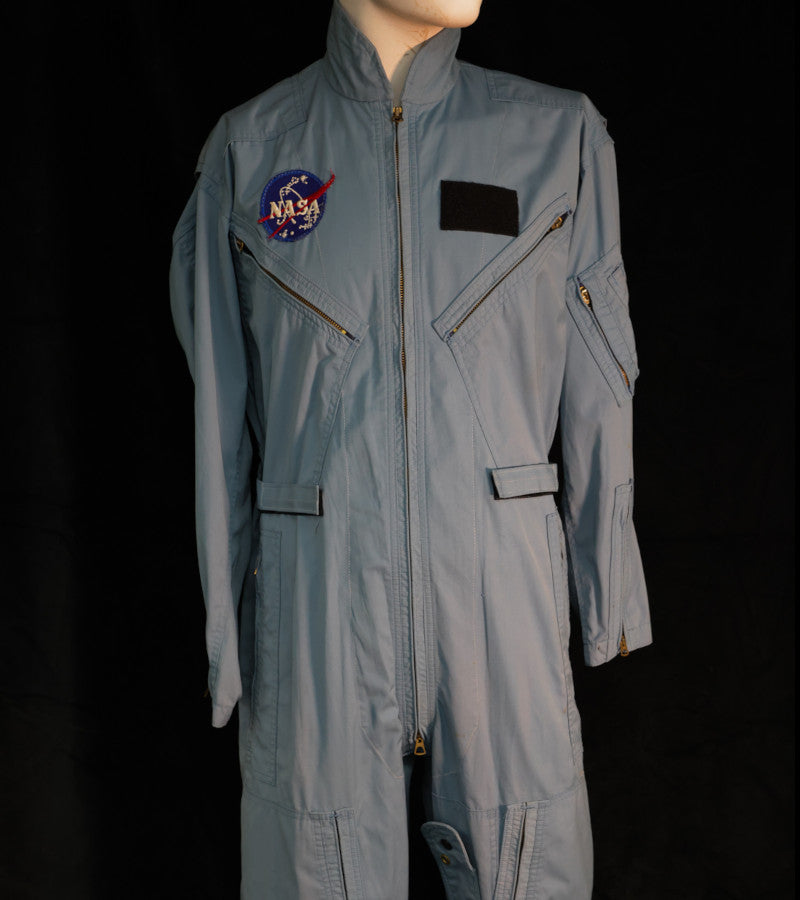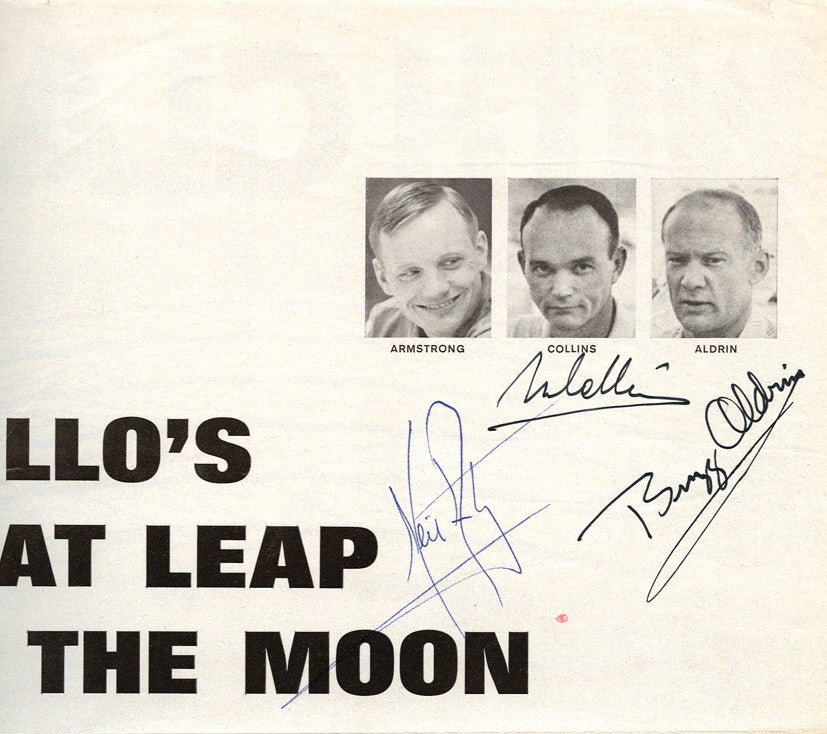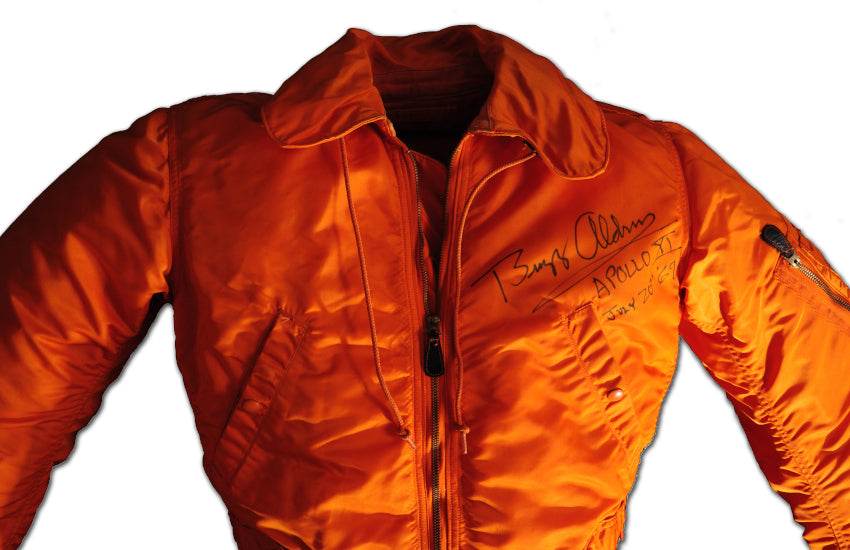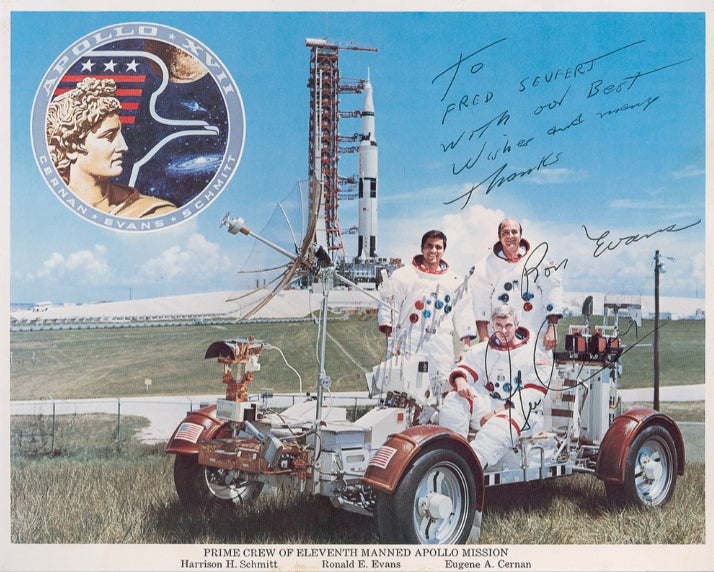Nothing excites me more than space memorabilia. What a way to celebrate the cutting edge of human achievement.
And, it’s such a new area of our endeavor (though with a fascinating and longer-than-you-think prehistory).
Space travel is a dream that’s always been with us.
To be alive while it comes to pass is an extraordinary accident of historical timing.
Space will shape our future.
There’s never been a better time to collect space memorabilia.
What is space memorabilia?
It’s anything to do with space travel, transport or research.
It’s what you want to discover and collect.
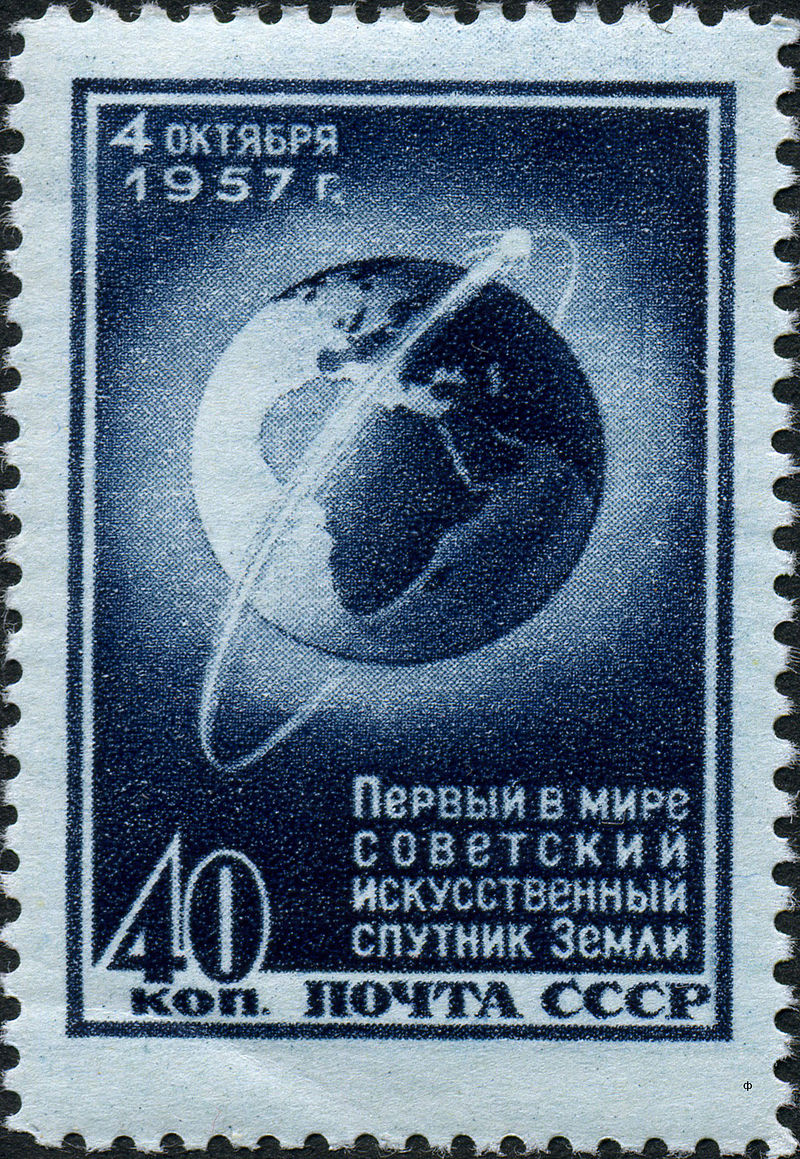
The dawn of the Space Age changed everything for everyone.
You can take your hunt for space memorabilia back to the pre-history of space travel.
The science fiction of HG Wells; astrological speculation that dates back to Ancient Greece; and a whole conspiratorial alternate history dwelling on stories of ancient aliens visiting earth.
But, for most of us, the Space Age dawned on October 4, 1957 with the launch of Sputnik 1, an 83.6 kg, 58-cm diameter satellite running off 1 watt of power.
The Soviet Union sent Sputnik up and triggered the Space Race, one of the only facets of the Cold War that might be said to have had a positive impact on the world.
Ultimately the US Apollo programme triumphed on July 20, 1969, when Apollo 11 touched down on the moon and Neil Armstrong clambered down its ladder.
The US space programme continues to this day, but that was NASA’s (the United States National Aeronautical and Space Administration) high point and the most valuable focus for collectors.
Soviet space missions went up until the dissolution of the state in 1991.
The People’s Republic of China now has one of the world’s most active space programmes. It’s been running since the 1960s.
Britain and France and the EU have also run space programmes.
Private companies are increasingly involved in space exploration and even tourism.
All of this has produced a lot of potentially collective material.
This can range from spacecraft (and pieces of them) themselves, to signed photos of astronauts (or cosmonauts in the USSR, taikonauts in China…).

China is now very active in space. Image by Shujianyang.
Spacesuits and uniforms are very popular and valuable. That's because they have a real personal connection to the astronaut and that's what collecting is really about - people's stories.
Modern space travel started out as a huge public obsession. There are masses of toys, keepsakes, costumes, books, models and so on to add to your collection if you want to explore that area.
In both the USA and the USSR the conquest of space was a major public undertaking with big political and nationalist resonances: stamps, coins, medals, posters, and propaganda of all sorts told and sold the story.
Much of this material is mass produced and so not likely to be hugely valuable, though related signatures will add lustre.
Material from the Soviet Union (or China now) is much less available outside those countries so will have a rarity value in the west - you could make a very fine collection of Soviet space posters for example.
Space is still a frontier and a boomtown, and there’s never been a better time to buy in.
How do you buy space memorabilia?
A lot of space programmes are top-secret military or quasi-military developments run behind high barbed-wire fences.
So, how do you get your hands on the leftovers?
First of all, while states like to project an image of implacable efficiency, that’s not really true. They’re human institutions staffed and run by humans. They have feelings!
Astronauts are given mementos of their work; engineers are allowed to take home odd bits and pieces; documents are sold to help fund more work…
This Michael Collins flight suit is from the Apollo 11 mission.
Perhaps the most expensive item of space memorabilia when it was sold in 2011 was the Vostok 3KA-2 Spaceship.
That was a prototype of the capsule in which Yuri Gagarin became the first ever cosmonaut. It realised $2.9 million at auction. How did it get there?
It was owned by a private space collecting and dealing company but had good provenance.
For many years it had been used and shown at the Kuybyshev Training Institute in Russia.
But, there is a 5-year gap from 1995 before its appearance at the International Space Symposium in Washington, DC. After that date it didn’t leave the US until Sotheby’s sold it and a Russian businessman took it back home.
Perhaps the Soviet institute simply sold it. The end of the Soviet Union can be characterized as an everything must go sale of state assets.
US items can also have interesting origin stories.
A bag of moon dust from the Apollo missions was lent by NASA to a museum, whose owner made off with it. The recovered item was then accidentally auctioned by NASA - who thought it was an otherwise identical container that hadn’t been to the moon. The buyer wanted to sell it on and in so doing asked for authenticity guarantees from NASA. They tried to get the bag back, claiming it was a historical artefact, but the buyer said no and the sale went ahead. The bag made nearly $2 million and around $1 million profit for the seller.
So, there is a vibrant secondary market in space memorabilia.
That means you can find it at famous auction houses and also on eBay.
There are specialist dealers and sometimes you can buy it directly from the source as space programmes or individuals associated with them sell up.
How do you know space memorabilia is genuine?
These signatures are genuine and have excellent provenance.
We’ve seen that space memorabilia can come onto the market via somewhat unofficial routes.
It’s important you know you’re buying from people who have a right to sell, and that you know how to protect yourself if they don’t.
Authenticity is another issue.
There was little doubting that Gagarin’s capsule was real. And it’s hard to imagine large technical objects from the cutting edge of material sciences being successfully faked.
However, plenty of other items could be.
A signature on a photograph is easily added.
Shopping for collectibles and memorabilia should be done with a certain amount of caution.
The value of items is basically 100% linked to them being exactly what you are told they are.
So take precautions, use trusted sellers, take authoritative advice, make sure you’re as well-versed as you can be in your subject.
When you spend money, do so in a way that gives you the most protection and be sure that you know your rights.
Who are the most famous and collectible space figures?
Neil Armstrong.
There’s a short and simple answer.
The crew of the Apollo 11 mission that landed on the moon are the apogee of the space collecting world.
Buzz Aldrin is the most famous living astronaut.
They were Neil Armstrong, who commanded the mission, Michael Collins, the pilot of the command module and Lunar Module Pilot Edwin “Buzz” Aldrin.
Buzz Aldrin’s White Apollo 11 Mission Jacket made $2.75 million at auction in 2022.
Autographs, photographs and other relics of these men - only Aldrin is still alive in 2024 - are highly collectible.
The Apollo 13 mission, the “Houston we have a problem” flight that came so close to disaster, is also collectible. The men on that flight were James A Lovell Jr, John L Swigert Jr, and Fred W Haise Jr. Notes.
Jim Lovell's notebook from the flight made $388,375 at auction in December 2011.
The Apollo Programme as a whole is the best known episode in space history and probably the most collectible.
A signed photo from the Apollo 17 crew. These men are the most recent visitors to the Moon.
The Space Shuttle Challenger flight also ended in disaster, and relics related to that flight, and its crew F. Richard Scobee, Michael J Smith, Ronald McNair, Ellison Onizuka, Judith Resnik, Gregory Jarvis and Christa McAuliffe (who was a “civilian” and a teacher) may have a premium as a result.
American Sally Ryde, as the first woman in space, is also a collectible figure.
Astronaut is an extremely small set of people. NASA has trained only 360. Anything to do with any of them can have some value.
And what of the rest of the world?
The Soviet Union led the space race. It put the first satellite up. Then it put the first man up. That was Yuri Gagarin, probably the only Soviet cosmonaut to reach the star status in the west to match Apollo astronauts.
Gagarin died tragically young, in a plane crash in 1968.
His autograph is highly collectible and can cost around £1,000 for good examples, and much more for significant ones.
Photographs and items from the early Soviet space progamme are very valuable.
However, the process that drove up prices has been interrupted. The sell off at the end of the Soviet era has been followed by repatriation through rich Russians (made rich in the sell off usually). Russia is now isolated from much of the world, and that market is off the table for the moment.
Yang Liwei is the first Chinese taikonaut. Liu Yang was the first Chinese woman in space.
Taikonauts are stars in the PRC but they’re not well-known of collectible personalities in the west to my knowledge.
The most valuable space memorabilia
Here’s a top 10 of space items to whet your appetite.
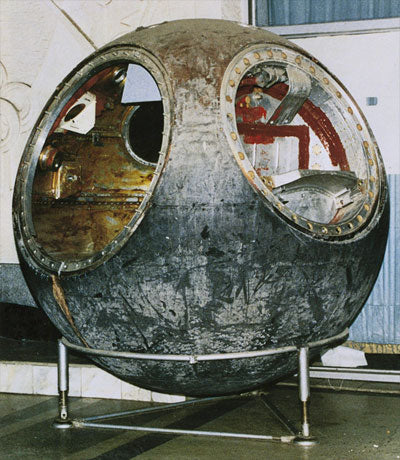
This capsule - nearly $3 million worth - is an exact replica of what Yuri Gagarin flew in.
1 - the USSR Vostok 3KA-2 space capsule for $2,882,500 in 2011.
2 - Buzz Aldrin’s white Apollo 11 mission jacket for $2,772,500 in 2022
3 - Neil Armstrong Moon dust bag with lunar rock for $1,812,500 in 2017
4 - Apollo 15 astronaut David Scott’s Bulova Chronograph wristwatch for $1,592,500 in 2015
5 - Soviet Moon rock samples for $855,000 in 2018
6 - Sputnik-1 EMC/EMI test model for $847,500 in 2017
7 - Apollo 11 summary flight plan for $819,000 in 2022
8 - Apollo 11 LM systems activation checklist for $567,000 in 2022
9 - Apollo 11 LM EVA checklist three-piece cue-card set for $352,800 in 2022
10 - Apollo 11 flight-plan sheet for touchdown of Eagle on the Moon for $327,600 in 2022
Most of these items are out of the reach of most buyers. And you're unlikely to chance upon their equivalents. However, they are a good guide as to what is attractive - Apollo, important documents, pioneering equipment.
Buy space memorabilia today
I can’t think of a more exciting area of collecting that space memorabilia.
I think there are all sorts of exciting possibilities for the hobby, and, yes, for the future of mankind.
And the more that space exploration is in the news, the more likely early artefacts are to rise in value.


